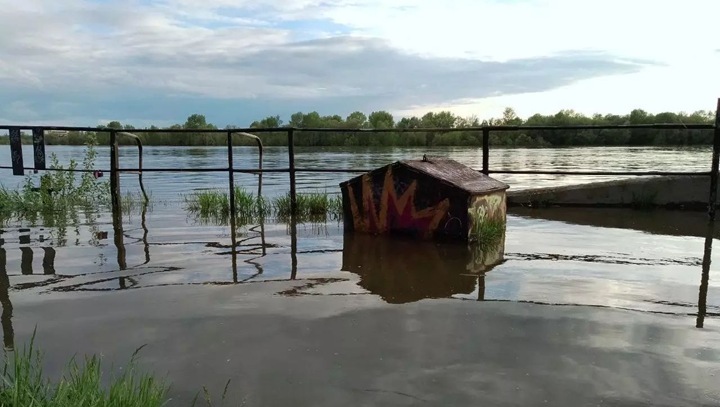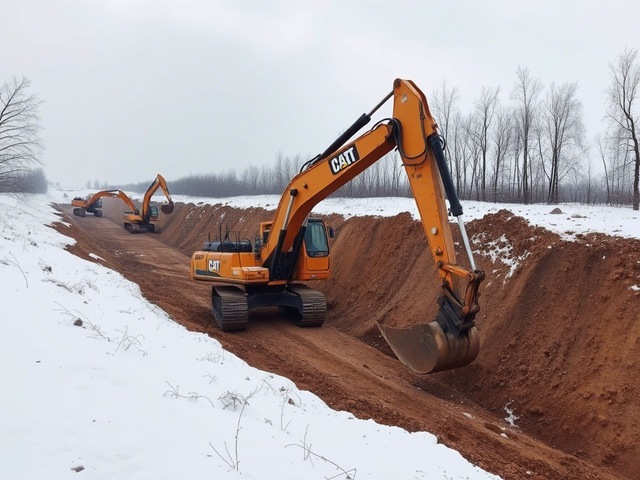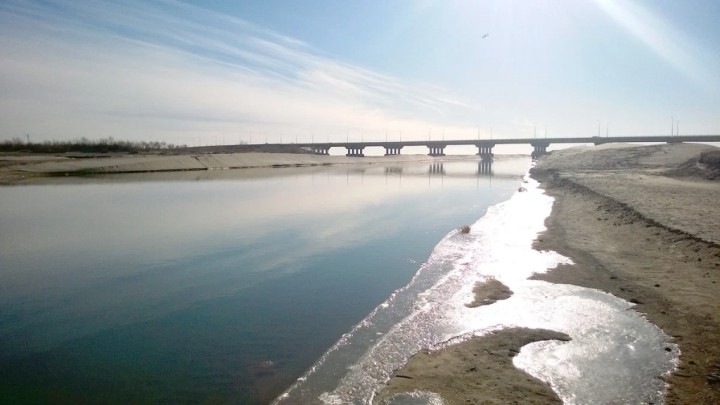Krasnogorsk hydroelectric complex on the Irtysh river threatens hydrobionts
Environmentalist Vladimir Lifantyev expressed the opinion that the construction of the Krasnogorsk hydroelectric complex in the Omsk region on the transboundary Irtysh River will not save Omsk from floods and may cause the death of aquatic organisms hundreds of kilometers downstream, the newspaper “Gorod55” reports.

Expert Lifantyev explained why the Krasnogorsk hydroelectric power plant will not save Omsk from flooding. Currently, there is an active construction of the facility. The ecologist is sure that the place for its construction was chosen unsuccessfully. In particular, there are sections of the CHP-4 ash dump nearby, which may contain up to 30 million tons of ash.
“30 million tons of ash are about 20 meters above the river level. The dam exists in the form of a landslide. What is the probability that after the construction of the waterworks, this ash dump will simply be washed away? When all this fine dust gets into the water, the whole aquatic organism will die by 300 kilometers. This ash has such a fraction and buoyancy that it will clog all the airways,” Vladimir Lifantyev believes.
Professor OmGUPS Sergey Kostarev expressed the opinion that people suffer primarily because of a mistake made during the construction of their homes. According to the ecologist, violation of building rules in the floodplain of the river changes the natural balance. The most common problem is that when building houses, the frequency of high and low water levels is not taken into account.
“Damage from flooding for people can be minimized, but it should be done carefully, otherwise there is a risk of destruction of agriculture. And it is best not to build buildings in the floodplain,” explained Sergey Kostarev.
Ecologist Vladimir Lifantyev also spoke about the ability of nature to adapt if floods constantly occur in any region. In his opinion, changes in the flora and fauna are observed in the Omsk region. According to the publication, large-scale floods caused harm to Omsk and its residents in 1928 and 2024.


